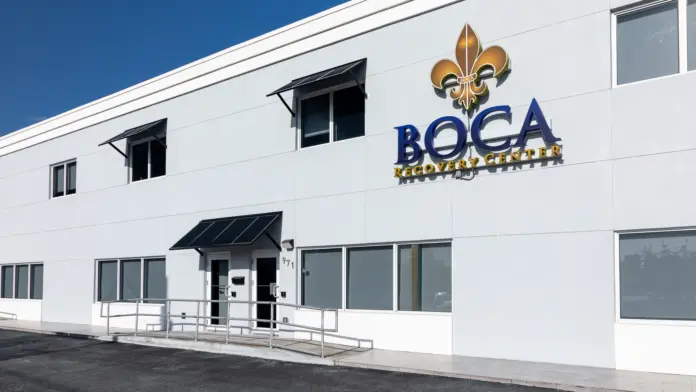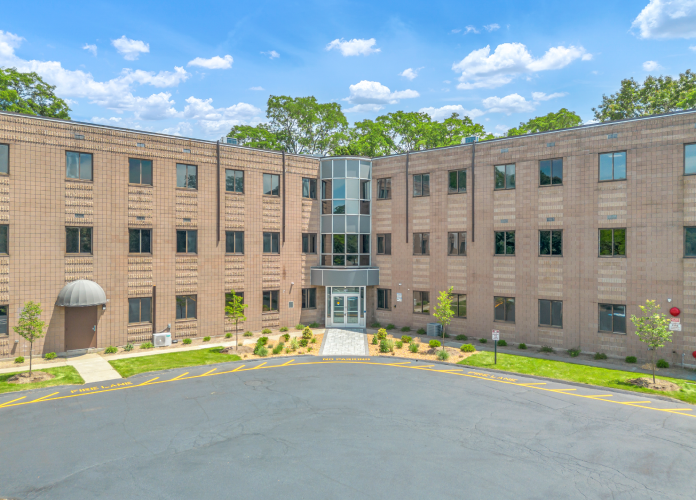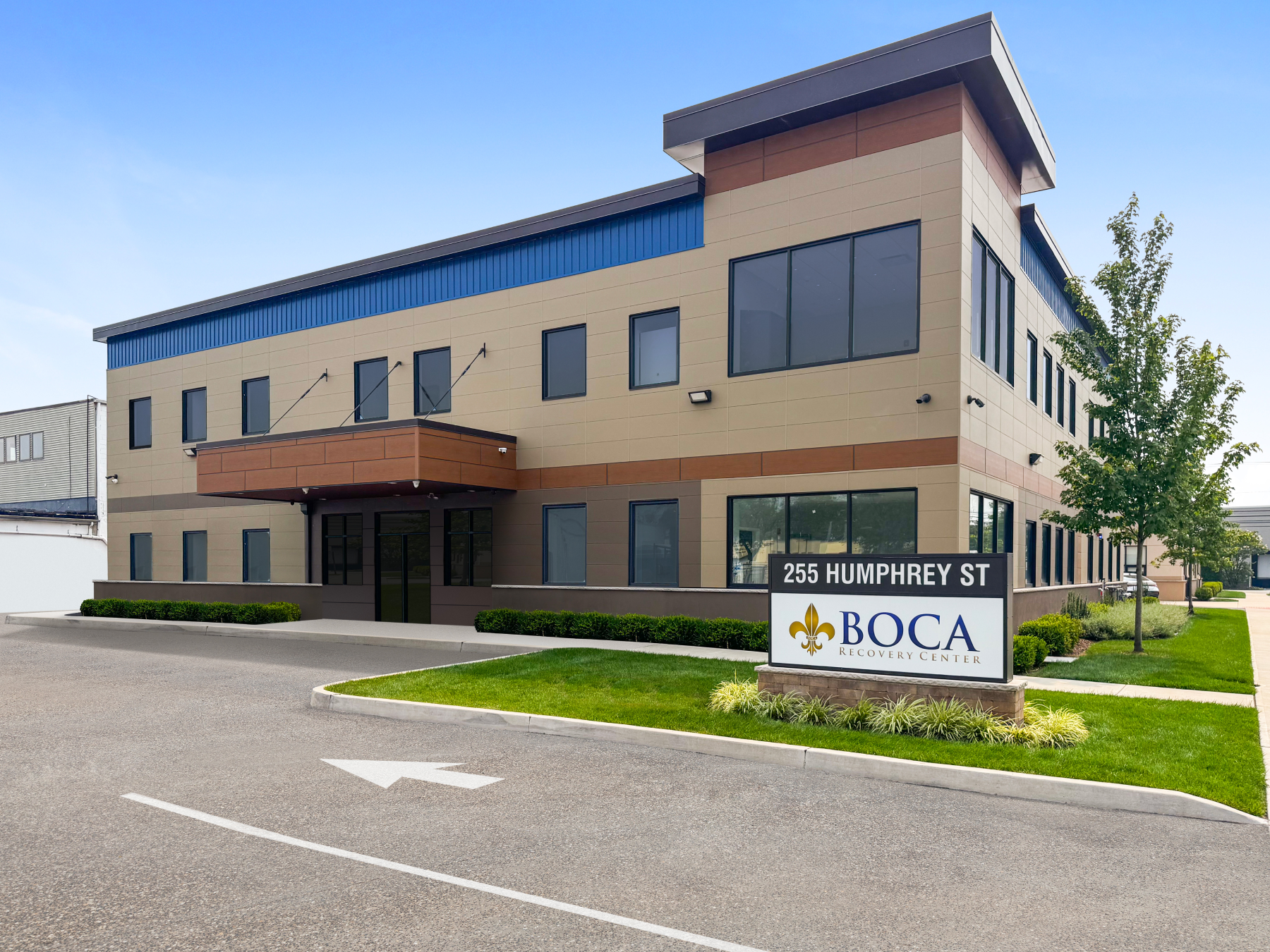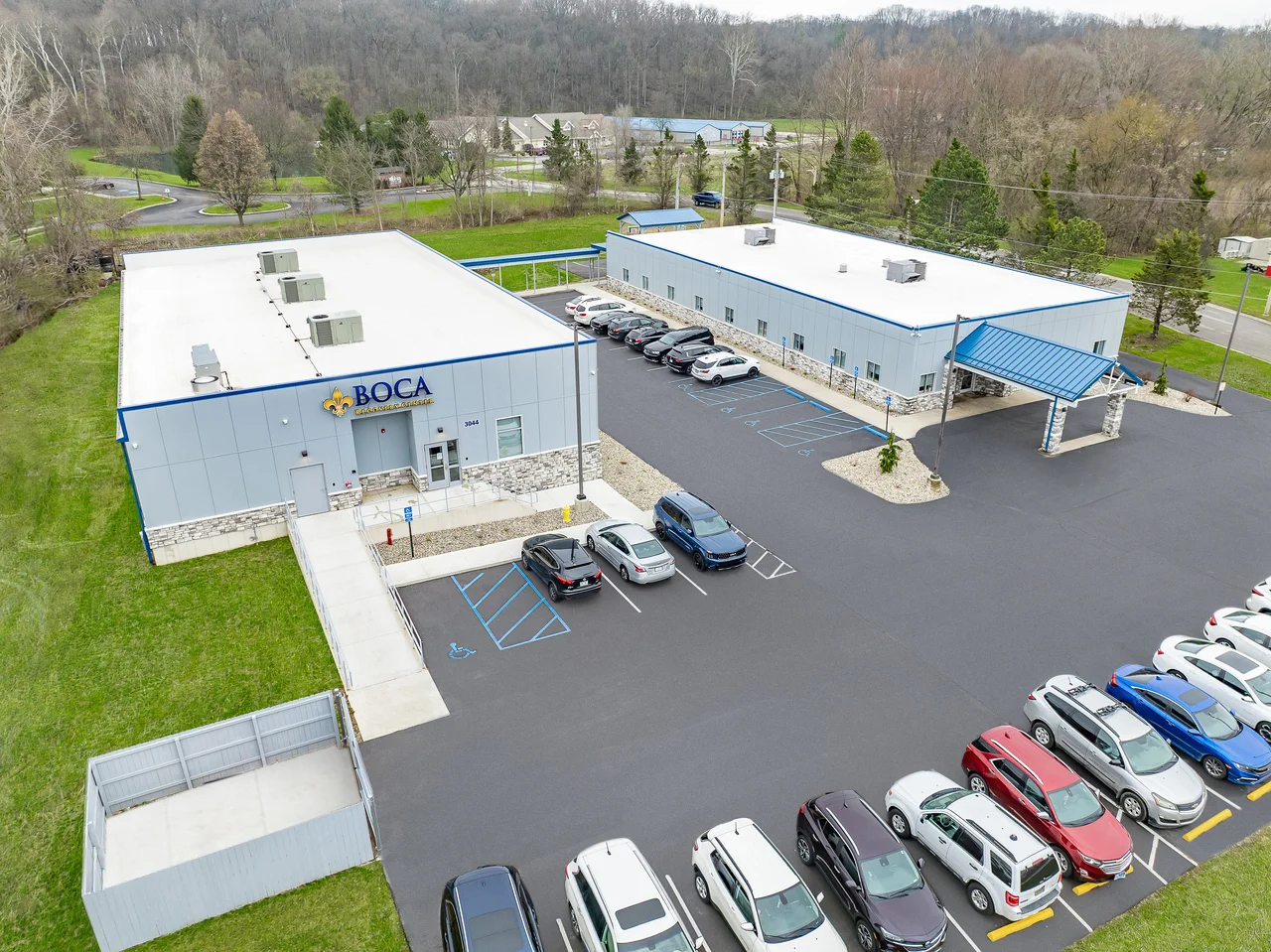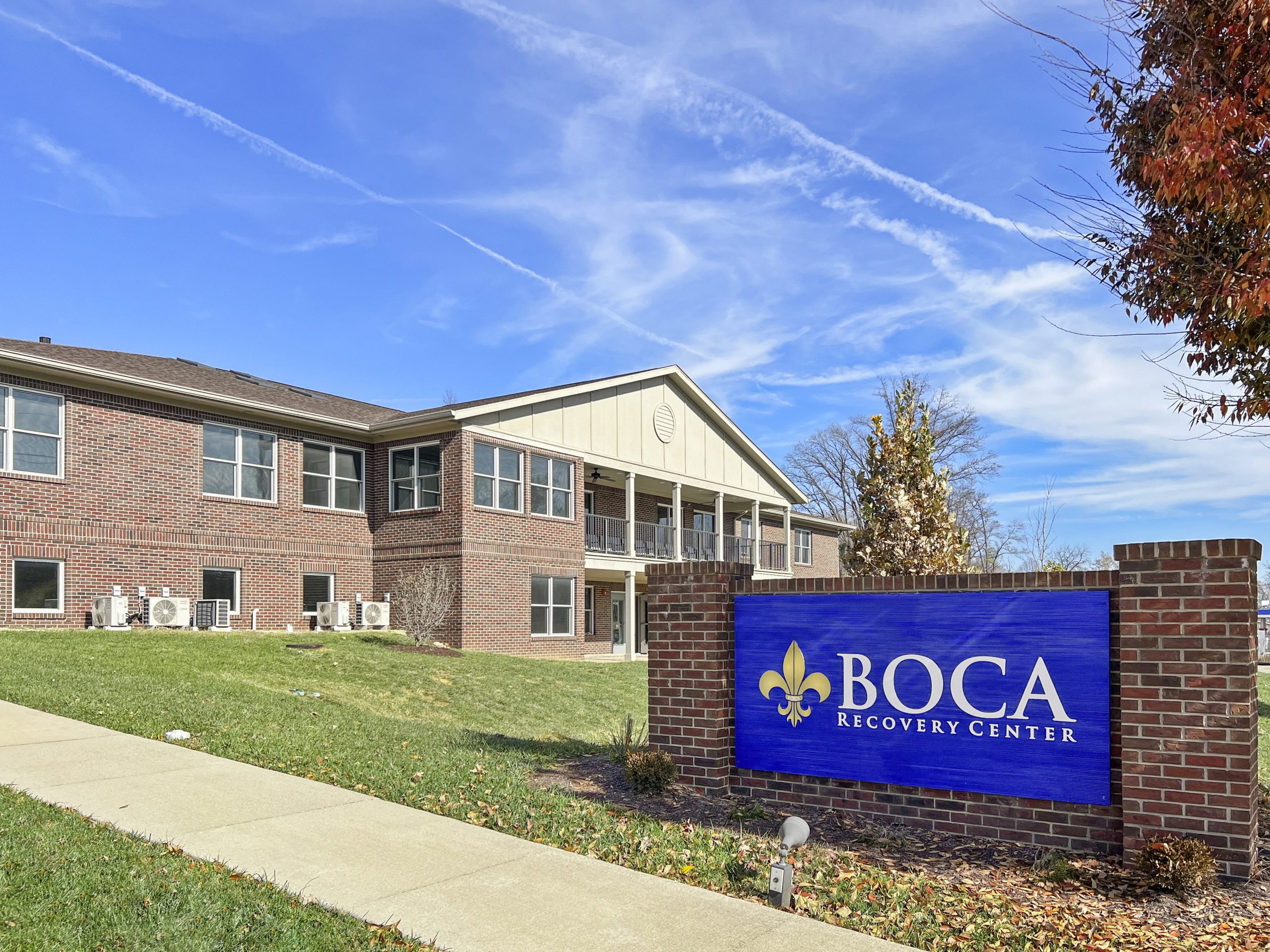This informal term of alcoholic nose is used to refer to rhinophyma, which is a subtype of severe rosacea. This chronic skin condition predominantly impacts facial areas, frequently the nose.
Rhinophyma tends to occur with untreated or severe cases of rosacea.[1]
Understanding Rhinophyma (Alcoholic Nose)
Rhinophyma is a form of rosacea that makes the nose appear puffy and inflamed.[1] The condition is caused by oil glands that are growing more than usual. The connective tissue of the nose grows too. Severity levels are graded by the following scale:[9]
0
No signs are present.
1
Follicles are wider than normal, but the skin’s surface seems unchanged.
2
The follicles are wide, the nose’s shape is different, but there aren’t any lumps felt or seen.
3
The follicles are wide, the nose is an unusual shape, and bumps can be both seen and felt
Other symptoms you might notice include skin that’s purple or red. The skin may also seem like it’s pitted or rough because the follicles are so large.[1]
Causes of Rhinophyma
While there isn’t a known singular cause of rhinophyma, various genetic, environmental, and vascular factors may contribute to its development, such as these:[1,6-7]
Rosacea
There is a strong link between rhinophyma and rosacea, which is a chronic skin condition that causes redness, flushing, and small, pus-filled bumps on the face. If rosacea is untreated or severe, it can sometimes progress to rhinophyma.
Chronic Inflammation
Persistent issues with skin inflammation, particularly in the nasal area, can contribute to the thickening and enlargement of the tissues. This can lead to the characteristic appearance of rhinophyma.
Vascular Abnormalities
Irregularities in blood vessels and vascular function in nasal skin may contribute to the condition.
Hormonal and Immune Factors
Hormonal fluctuations and an unbalanced immune system response to environmental triggers can potentially trigger or worsen rhinophyma.
Risk Factors for Developing Rhinophyma
These are potential risk factors for rhinophyma:[1,6-9]
| Risk Factors | Details |
|---|---|
| Sex & Age | Men are more likely to develop rhinophyma than women. Additionally, rhinophyma is more prevalent in middle-aged and older individuals than it is among younger adults, teens, or children. Most often, it presents in people who are between the ages of 30 and 60. |
| Genetic Predisposition | A family history of rosacea or rhinophyma — in parents, grandparents, or siblings — may increase an individual’s predisposition to developing rhinophyma. |
| Heavy Smoking or Drinking | Exposure to tobacco, tobacco smoke, and heavy alcohol consumption don’t cause rhinophyma. But it can worsen existing symptoms and increase your chances of developing the issue in the first place. |
| Presence of Acne Rosacea | Acne rosacea, an acne-like subtype of rosacea that manifests with skin lesions similar to acne breakouts, increases your risk for rhinophyma when left untreated or managed improperly. |
| Occupational Exposures | Longer exposure to certain workplace irritants — such as chemicals, dust, or environmental elements — may aggravate rosacea symptoms. This can potentially trigger the development of rhinophyma. |
Debunking Myths: Alcohol and Rhinophyma
Although commonly associated with alcohol consumption, the condition does not stem directly from drinking habits alone.[2]
Rhinophyma may also be known by several slang terms or nicknames associated with the appearance of alcohol use. These are some of the most common terms for rhinophyma:[2-4]
Whiskey nose
Potato nose
Drinker’s nose
Alcoholic’s nose
Bourbon nose
Rummy nose
These terms are not medically accurate. Though people often use them to refer to someone who drinks heavily, the truth is that there is no known evidentiary link between rhinophyma and alcohol misuse or alcohol use disorder (AUD).
Researchers say rhinophyma is caused by widened blood vessels in the nose. The added blood flow makes nasal tissue swell, and in time, this swelling leads to inflammation, scarring, and thickened skin. These changes lead to classic symptoms of rhinophyma: A red, bumpy nose covered by uneven skin.[3]
While alcohol can make nose redness worse, drinking doesn’t cause the underlying inflammation that leads to rhinophyma.[3]
Because people who drink heavily or daily may exhibit a permanent redness in their skin, the common assumption is that it is the drinking that is causing the issue.
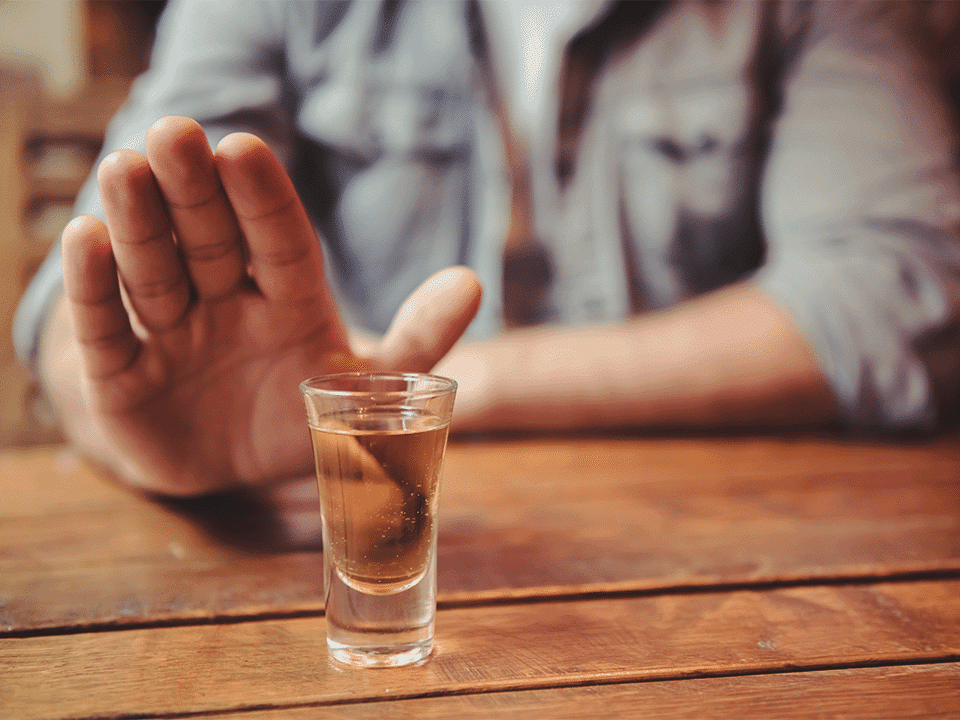
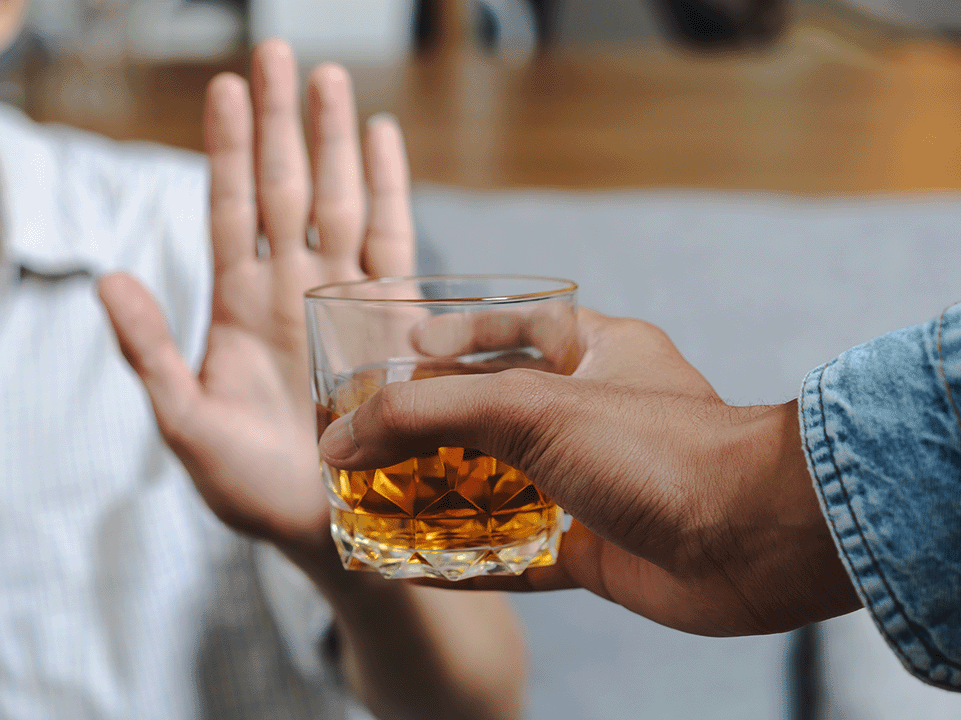
11 Signs You Might Have a Drinking Problem
Treatment Options for Alcoholic Nose
Treatment options aim to decrease both the size and appearance of affected nostrils while improving overall health outcomes for rhinophyma patients.
Here are a few treatments options available for rhinophyma:[1,9-10]
Surgical Procedures
Surgical treatment for rhinophyma is usually successful and a relatively quick solution to the problem.
Laser Surgery
Laser resurfacing can be an effective method for eliminating excess tissue and improving the aesthetic appearance of the nose. Carbon dioxide (CO2) lasers or erbium lasers are often utilized for this purpose.
Electrosurgery
Electrosurgical techniques may be used to remove extra tissue and re-contour the nose.
Cryosurgery
Cryosurgery freezes any extraneous tissue using liquid nitrogen. This can help to reduce the size of the nose.
Excisional Surgery
For a more natural appearance, excess tissue can be surgically excised before reconstruction. This removes much of the appearance of puffiness associated with alcoholic nose.
Dermabrasion
With this procedure, the top layers of skin are smoothed via rotating brushes and other abrasive devices.
Cauterization
Controlled cautery or electrocautery can be used to remove excess tissue and reshape the nose.
Medications
These are some of the commonly prescribed medications for rhinophyma:
Topical Medications
Topical creams or gels that contain active ingredients such as tretinoin or azelaic acid can decrease redness.
Oral Antibiotics
Antibiotics, such as tetracycline or doxycycline, may be prescribed to manage inflammation and control the progression of the condition.
Intralesional Corticosteroid Injections
Injecting corticosteroids directly into the affected area can significantly reduce inflammation and shrink excess tissue.
Lifestyle Changes
Researchers say some people experience rosacea flare-ups when exposed to triggers, such as the following:[11]
Excessive sun exposure
Wear a hat when you’re outside, and put on sunscreen for added protection.
Hot beverages, such as coffee and tea
Consider cool drinks instead, or make your warm drinks and serve them with ice.
Spicy foods, such as hot sauce and cayenne pepper
While you might love meals with a bit of kick, keep things mild for your skin.
Individual triggers, such as tomatoes or chocolate
Make a food diary of things that make your condition worse, and avoid them.
What Else Can Cause an Alcoholic Nose?
While alcohol can’t cause rhinophyma, other conditions certainly can. This table can help you understand what they are and how they’re different from rhinophyma:
| Condition | Description of the Nose | Other Symptoms |
|---|---|---|
| Rhinophyma | Bumpy, red, or purple nose | Large pores and potential redness in other parts of the face |
| Hay fever | Redness around the edges of the nostrils | Sniffling and sneezing |
| Dermatitis | Red and flaky skin | Greasy or oily skin, which could be in places other than the nose |
| Sunburn | Red nose and face | Pain and tenderness on the skin exposed to the sun |
Frequently Asked Questions
These are some of the questions we hear most about alcoholic nose:
No. While drinking can cause blushing in some people, rhinophyma is a different condition that involves open pores, lumping, and nose structure changes.
It can be. Structural changes in your nose can make breathing difficult. If you have rhinophyma, it’s important to talk to your doctor about treatments that can help.
No. Rhinophyma won’t go away without treatment, lifestyle changes, or both.
- Rhinophyma Hoss, E., National Library of Medicine Plus. Published November 18, 2022. Accessed October 11, 2023
- Rhinophyma: When Red Nose Day is no laughing matter Liu, A., Al-Lami A., Kapoor, K., British Journal of General Practice. 2019 Mar; 69(680): 137.
- Rhinophyma Laun J, Gopman J, Elston JB, Harrington MA., Eplasty. 2015;15:ic25. Published September 11, 2022. Accessed October 11, 2023.
- Giant rhinophyma Chowdhary S, Alexander A., BMJ Case Reports. 2021;14(1):e239860
- Alcohol intake and risk of rosacea in US women Li S, Cho E, Drucker AM, Qureshi AA, Li WQ., Journal of the American Academy of Dermatology. 2017;76(6):1061-1067.e2
- Rhinophyma: Prevalence, severity, impact and management Chauhan R, Loewenstein SN, Hassanein AH., Clinical, Cosmetic and Investigational Dermatology. 2020;13:537-551
- Rhinophyma is associated with alcohol intake Second J, François Severac, A. Paix, B. Cribier., Journal of the American Academy of Dermatology. 2019;81(1):249-250.
- Rosacea Watson, LR., Frasier, M., Lehrer, M., University of Rochester Medical Center. Accessed October 12, 2023.
- Rhinophyma Dick MK, Patel BC., StatPearls. Published 2021. Accessed October 11, 2023
- Rhinophyma Laun, J., Gopman, J., Elston, J., Harrington, MA., Eplasty. 2015; 15: ic25
- Diet and rosacea: The role of dietary change in the management of rosacea. Weiss E, Katta R. Dermatology Practical and Conceptual. 2017;7(4):31-37.



